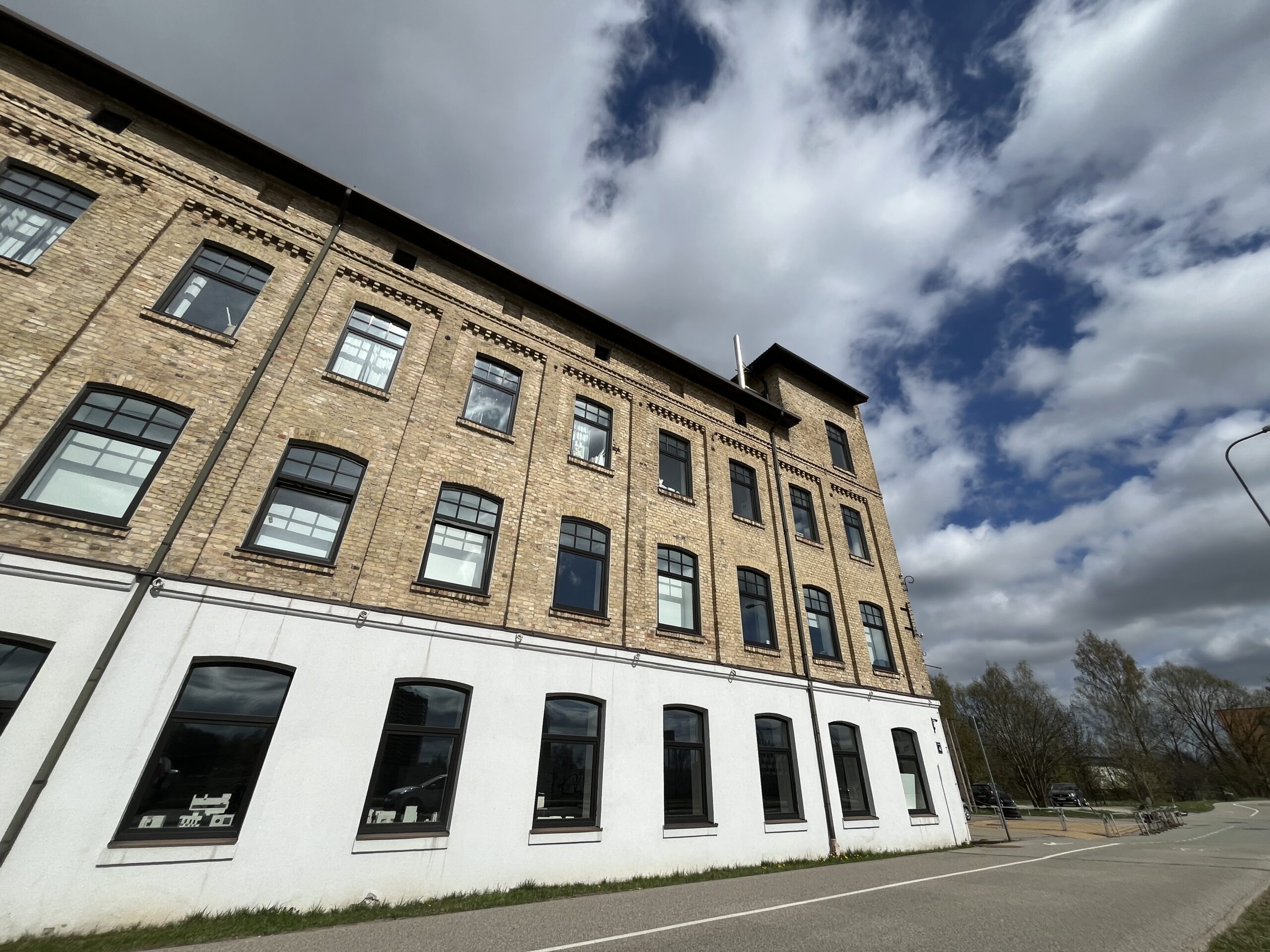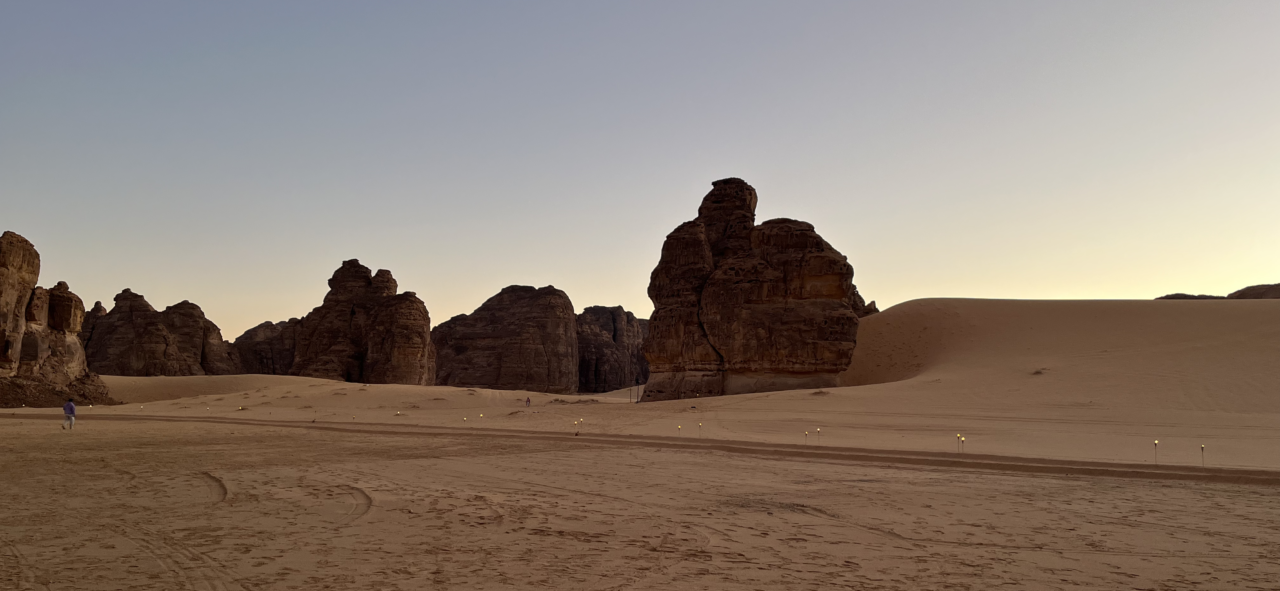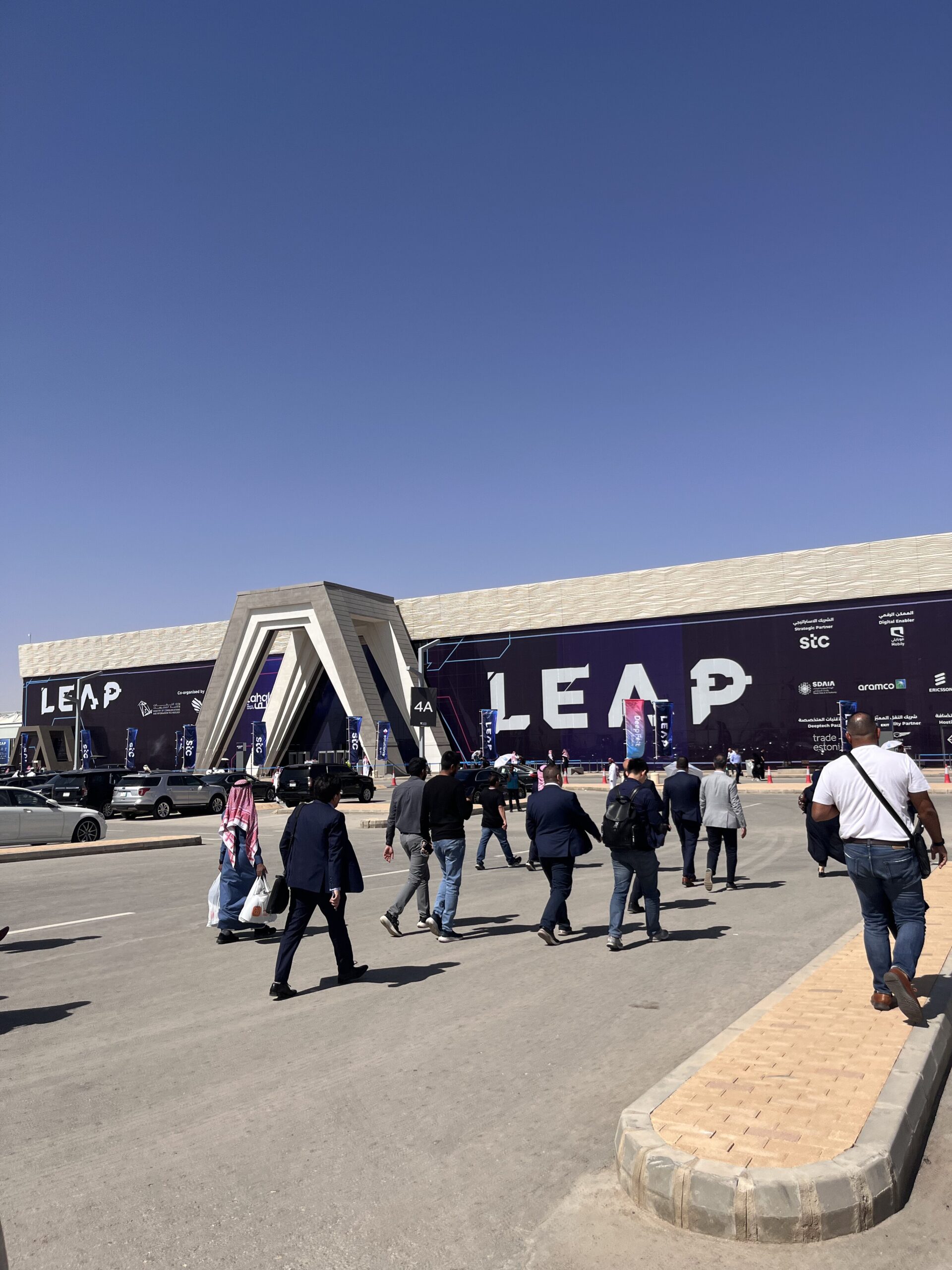Reflective Insights from the RISEBA Architecture & Design Conference
By: Jeroen Frumau

Every year I try to inspire myself with a conference visits away from the daily routine. This year’s journey to Riga for the RISEBA University of Applied Sciences Architecture & Design Conference was transformative, shedding light on the depth and maturity of the Baltic design ecosystem. With a focus on the theme “Blind Spot,” the event brought to the forefront the often-overlooked aspects of architecture, urban planning, and design education, drawing inspiration from the legacy of the renowned Latvian architect Astra Zarina.
Below are my expanded insights and key moments from the conference:
1. The Educational Role of Architectural Spaces
Roberto Castillo presented an enlightening concept of “school building as teacher” was presented through an insightful paper. This perspective argues that educational facilities should be more than just structures; they should actively engage in the learning process. Designed to inspire creativity and intellectual engagement, these spaces encourage critical thinking about the role of design in educational settings and serve as catalysts for dialogue and discovery. The challenge I feel is still how to purpose existing building as they are not designed as such, It adding furniture that enable co-creation enough to reset a direction.
2. Heritage and Innovation in Abandoned Villages
Compelling sessions discussed the innovative repurposing of abandoned heritage rich Italian villages into new sites and hubs of cultural creativity, architectural inspiration and education. This strategy preserves architectural integrity while infusing new life and purpose into these areas. It was thought-provoking to consider how design can foster communities in spaces where traditional inhabitants have dwindled, proposing a model of sustainable living that merges history with modern needs.
3. Sustainable Urbanism: A Slow and Fast Paradigm
Otto Paan’s philosophical exploration into the balance between slow ecological rhythms and fast-paced human life offered a novel approach to urban development advocates for a decelerated pace of development to support long-term sustainability. A perspective that challenges urban planners and architects to create vibrant, livable cities that respect the natural environment while accommodating the demands of urban growth.
4. Architectural Adaptations in Extreme Environments
Camilo Cerro’s “Future of Dwelling” presentation delved into designing for the harsh UAE desert climate. Highlighting innovative materials and building techniques focused on thermal efficiency, energy use, and water conservation, this session illustrated how architects could leverage regional challenges as catalysts for creativity and sustainable design practices.
Personal Reflections and Key Insights:
The Integral Role of Context in Design: Attending the conference reinforced the importance of context in architectural and design practices. Whether adapting historical sites or constructing new educational facilities, integrating specific social, cultural, and environmental contexts leads to more meaningful and sustainable designs. Do we know what we design for or on?
Architecture as an Educator: The conference highlighted the significant role of architecture in education. Buildings are not merely functional spaces but can be designed to educate and inspire, profoundly impacting educational philosophies and practices. Can we repurpose existing properties or should we purposely building learning environments tom serve the educational cause?
Concluding Thoughts
The RISEBA Architecture & Design Conference was not merely an academic forum; it was a profound source of professional inspiration. The exploration of the “Blind Spot” revealed transformative insights into design and architecture, underscoring that every space has a narrative and a purpose that extends beyond its physical boundaries. What do we see, know and do – what is absent and drives the future as well.


